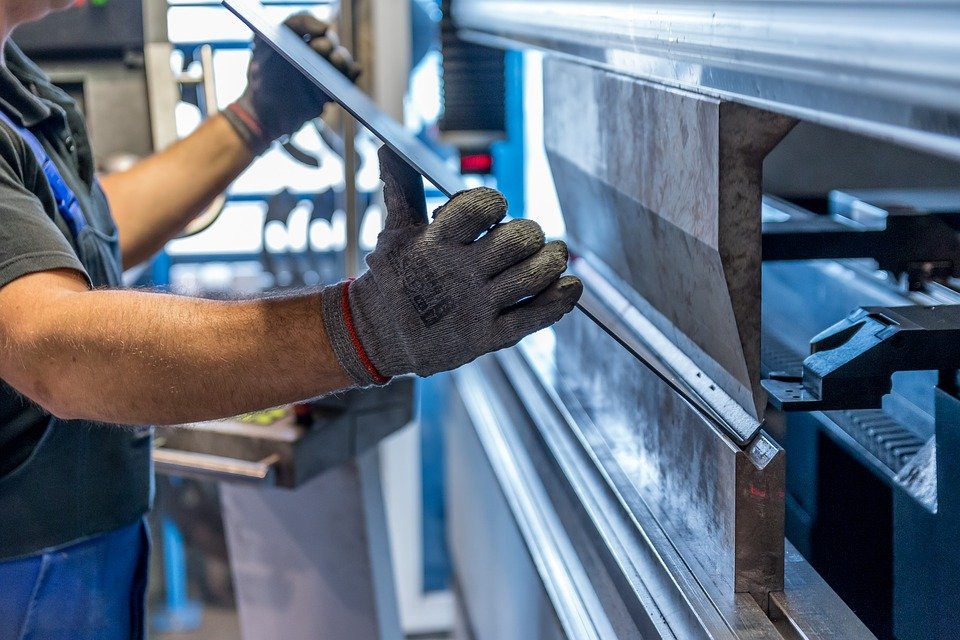
Rapid prototyping can be defined as a variety of techniques employed to quickly manufacture a scale model of a physical assembly or product. Usually three dimensional computer aided design, or CAD, is used in order to achieve this. A rapid prototyping service can then employ a 3D printer to create the prototype. However, in some instances a different technique has to be used. Therefore, it might happen that you have to get a CNC quote. Rapid prototyping usually consists of three steps, which will likely be a constant cycle until the end product has been completed.
Brainstorming is step 1
Before rapid prototyping starts, you have to brainstorm. This is the most effective way to think of a new product or service, although brainstorming can be used when you need to create a website or app too. In this process, failure is essentially inevitable. Brainstorming will still allow you to work through good and bad concepts. This is done in a safe and low cost way before you will actually invest time, money, and energy into the production of a development. Once you have killed your darlings, a low fidelity prototype can be created. This needs to reflect the ideas.
Prototyping process
It is unnecessary and unwise to spend a lot of time refining small details at the very beginning while rapid prototyping. With the increase in details and requirements, it can be a good idea to increase fidelity. You should do this as the product confidence grows after you have tested the first low fidelity prototype. At the beginning, you should namely start with this kind of prototype. In the prototyping step, it is smart to use prototyping tools that allow designers and clients to weigh in with their feedback. The prototype after all has to be tested and evaluated.
Improvement of prototyping
After the low fidelity prototype has been tested, you need to evaluate the user feedback . By doing this, you will identify the areas that need either improvement or further refinement and clarity. Usually prototypes start with fleshing out the key process of the part. The prototype will then go through refinement. Because of this, the details will become more complex. Finally, a final prototype is completed and delivered to the developer. It can then be produced. The cost and time of rapid prototyping will vary. This mostly depends on the complexity of the product that needs to be developed.